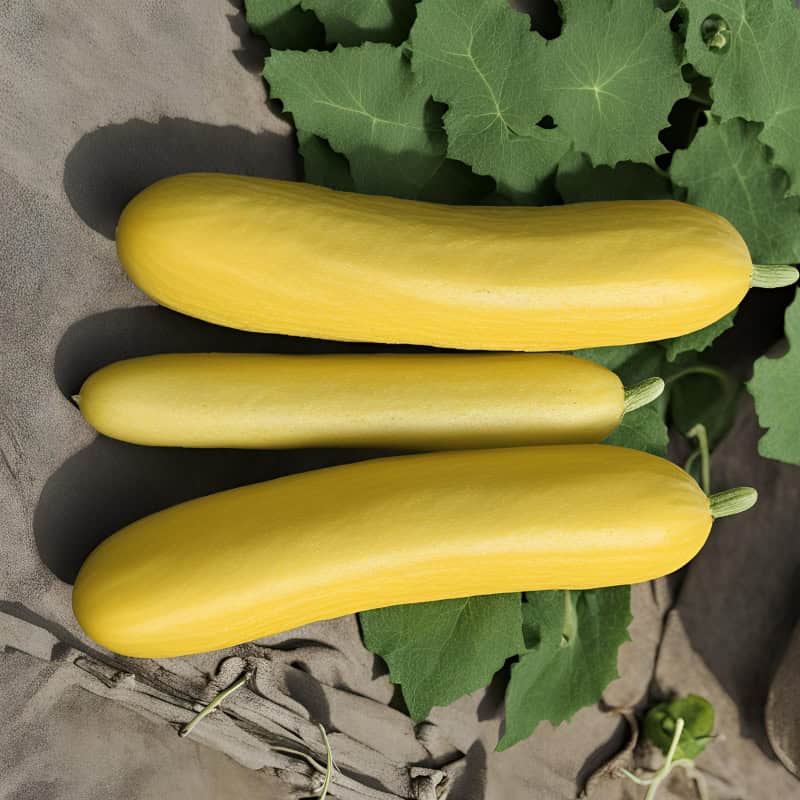Rosemary parmesan bread is the best of many worlds, and we can prove it. There’s nothing like the smell of freshly baked bread that wafts through the kitchen and billows in your entire house. Now imagine if we could elevate that earthy fragrance with herb king rosemary and the rich tang of Parmesan cheese. That’s makes for an irresistible treat, doesn’t it?
The mere thought of combining these two culinary powerhouses – rosemary and Parmesan cheese – send our taste buds into a frenzy of anticipation. Rosemary, with its needle-like leaves and pine-like aroma, and a world of health benefits, brings a refreshing herbal kick to the mix. And parmesan cheese – this aged Italian cheese, with its nutty and savory flavor profile, adds depth and richness to any dish and also provides a satisfying crunch when baked into bread.
If you’re a fan of flavored bread in general, and parmesan toppings in particular, then you’re going to love this recipe. So roll up your sleeves, dust off your apron, and let’s get baking!

Rosemary Parmesan Bread Recipe
Before we delve into the recipe, let’s take a moment to appreciate the stars of the show: rosemary and parmesan cheese. Rosemary, with its pine-like aroma and robust flavor, adds a refreshing herbal kick to the bread. Paired with the salty, nutty notes of Parmesan cheese, it creates a symphony of savory flavors that will leave your taste buds singing.
Let’s get started with the list of pantry-staple ingredients that you’ll need to bring this recipe to life.
Ingredient Checklist for Rosemary Parmesan Bread

- 3 cups all-purpose flour
- 1 packet (2 1/4 teaspoons) active dry yeast
- 1 cup warm water (about 110°F/45°C)
- 2 tablespoons olive oil
- 1 tablespoon granulated sugar
- 1 teaspoon salt
- 2 tablespoons fresh rosemary, chopped
- 1 cup grated Parmesan cheese
- Extra olive oil for brushing
- Coarse sea salt for topping (optional)
Now let’s get to the recipe.
Step by Step Process for Making Rosemary Parmesan Bread Recipe

Step 1 – Activate Yeast: In a small bowl, mix warm water and sugar. Sprinkle the yeast over the water and let it sit for about 5-10 minutes until it becomes frothy. This step is crucial as it activates the yeast, allowing it to ferment and create carbon dioxide bubbles that will help the bread rise.
Step 2 – Combine Ingredients: In a large mixing bowl, combine the flour, salt, chopped rosemary, and grated Parmesan cheese. Make a well in the center and pour in the activated yeast mixture along with olive oil. Gently stir the ingredients together until they form a shaggy dough, ensuring that the yeast is evenly distributed throughout the mixture.
Step 3 – Knead: Mix until a rough dough forms. Turn the dough out onto a floured surface and knead for about 8-10 minutes until the dough becomes smooth and elastic. You may need to add a little more flour if the dough is too sticky. Kneading is essential for developing gluten, which gives the bread its structure and texture.

Step 4 – First Rise: Place the dough in a lightly oiled bowl, cover it with a clean kitchen towel or plastic wrap, and let it rise in a warm, draft-free place for about 1-1.5 hours, or until it doubles in size. During this time, the yeast will ferment the sugars in the dough, producing carbon dioxide gas that causes the dough to expand and rise.
Step 5 – Shape: Once the dough has risen, punch it down to release the air. Shape it into a round loaf or into the desired shape and place it on a parchment-lined baking sheet. Shaping the dough not only gives it a pleasing appearance but also helps to redistribute the yeast and air bubbles for a more even rise during baking.
Step 6 – Second Rise: Cover the shaped dough with a clean kitchen towel and let it rise for another 30-45 minutes until it puffs up slightly. This second rise allows the dough to relax and continue fermenting, resulting in a lighter, more airy texture in the finished bread.
Step 7 – Preheat Oven: While the dough is rising, preheat your oven to 400°F (200°C). It’s important to preheat the oven to ensure that it reaches the proper temperature for baking the bread evenly and efficiently.

Step 8 – Bake: Brush the risen dough with olive oil and sprinkle some coarse sea salt on top, if desired. Bake in the preheated oven for 25-30 minutes, or until the bread is golden brown and sounds hollow when tapped on the bottom. The high heat of the oven causes the water in the dough to evaporate rapidly, creating steam that expands the air bubbles and gives the bread its characteristic light and airy texture.
Step 9 – Cool and Serve: Allow the bread to cool on a wire rack for a few minutes before slicing. Enjoy your homemade rosemary parmesan bread warm with butter or olive oil, or use it to make sandwiches or serve it alongside soups and salads. Letting the bread cool slightly allows the internal structure to set, making it easier to slice without crushing or tearing
And there you have it. This is the kind of golden brown sizzle that you should be looking for:

How To Enjoy Your Freshly Baked Rosemary Parmesan Bread
Rosemary parmesan bread pairs wonderfully with a variety of toppings and dippings – both savory and sweet. Here are some our top recommendations:
Soup: Serve slices of warm rosemary parmesan bread alongside a bowl of hearty soup such as tomato basil soup, minestrone, or roasted vegetable soup. The bread is perfect for dipping and soaking up the flavorful broth.
Fruit Jam or Preserves: Enjoy the bread with a dollop of your favorite fruit jam or preserves, such as fig, raspberry, or apricot, for a deliciously sweet contrast.

Cheese and Fruit: Create a sweet and savory cheese board featuring slices of rosemary parmesan bread alongside an assortment of cheeses, fresh fruits, nuts, and honey for drizzling.
Salads: Use slices of rosemary parmesan bread to make croutons for salads or serve them alongside a fresh green salad with vinaigrette dressing. The bread adds a crunchy texture and savory flavor to complement the salad’s crispiness.
Whether you prefer savory or sweet flavors, rosemary parmesan bread provides endless opportunities for delicious pairings that will satisfy your cravings and delight your taste buds. Experiment with different combinations to discover your favorite way to enjoy this versatile homemade bread.
How To Elevate Your Rosemary Parmesan Bread
Need some variety? Craving a different flavor? We’ve got you. Here are some variations and substitutions you can try to customize your rosemary parmesan bread recipe:

Garlic Rosemary Parmesan Bread: Add minced garlic to the dough or brush the baked bread with garlic-infused olive oil for an extra punch of flavor.
Herb-infused Oil: Instead of plain olive oil, use herb-infused olive oil such as basil or thyme for added depth of flavor.
Rosemary Asiago Bread: Replace the Parmesan cheese with grated Asiago cheese for a slightly nuttier flavor profile.
Whole Wheat Rosemary Parmesan Bread: Substitute part or all of the all-purpose flour with whole wheat flour for a heartier texture and nuttier flavor.
Rosemary Focaccia: Spread the dough onto a baking sheet, dimple it with your fingertips, and drizzle with olive oil and fresh rosemary before baking for a rustic focaccia-style bread.
Cheese-Stuffed Bread: Roll the dough into a rectangle, sprinkle grated Parmesan cheese over it, roll it up jelly-roll style, and then slice it into rolls before baking for cheesy swirls throughout the bread.
Recommended Substitutions for Rosemary Parmesan Bread Ingredient List
Missing out on some ingredients from the list? Here’s what you can swap it with:
Dried Herbs: If you don’t have fresh rosemary on hand, you can use dried rosemary instead. Just remember to use about one-third of the amount called for in the recipe since dried herbs are more potent than fresh.
Other Cheeses: Feel free to experiment with different types of cheese such as aged cheddar, Gruyère, or pecorino romano in place of Parmesan.
Gluten-Free Flour: If you’re gluten intolerant, you can use a gluten-free flour blend in place of all-purpose flour. Just be sure to choose one that’s suitable for bread baking.
Vegan Option: For a vegan version, omit the Parmesan cheese or use a vegan cheese alternative. You can also substitute dairy milk with plant-based milk and use olive oil instead of butter.
Sweet Variation: For a sweeter twist, omit the rosemary and Parmesan cheese, and add a couple of tablespoons of honey or maple syrup to the dough. You can also sprinkle the top with cinnamon sugar before baking for a delightful breakfast bread.
Feel free to get creative and tailor the recipe to suit your taste preferences or dietary needs.
Let’s Get Cooking!
There’s something profoundly satisfying about taking the time to create something from scratch. With a bit of elbow grease, a sprinkle of flour, and the magical flavors of rosemary and parmesan, you’ll have your hands at this glutenous delicacy.
Whether you’re a seasoned baker or a novice in the kitchen, we hope you’ll take this recipe to the kitchen and get to work! And if you’re eager to discover more recipes that are a combination of hearty, healthy, and nourishing, check out our Eco-Nourish blog series.
Frequently Asked Questions
How do I know when the rosemary parmesan bread is done baking?
The bread is done baking when it’s golden brown on top and sounds hollow when tapped on the bottom. You can also use a digital thermometer to check the internal temperature of the bread, which should register around 190-200°F (88-93°C) when fully baked.
How to make vegan rosemary parmesan bread?
You can make a vegan version of Rosemary Parmesan Bread by omitting the Parmesan cheese or using a dairy-free cheese alternative. You can also substitute olive oil for the butter and use a plant-based milk instead of dairy milk.
Can I use dried rosemary in rosemary parmesan bread instead of fresh?
Yes, you can substitute dried rosemary for fresh in this recipe. However, dried herbs are more potent than fresh, so you’ll need to use less. Typically, you’d use about one-third the amount of dried rosemary compared to fresh.








